
Facts and statistics about mountains aren’t only about their beauty and importance. Mountains are nature’s wonders! Imagine standing on top of a mountain’s peak and gawking at the breathtaking view…
Trust me it’s a view you don’t wanna lose sight of.
So, let me take you on a fascinating journey through mountains…
What is a mountain?
It is surprising to know that there is no fixed university-accepted definition of a mountain.
Oxford English Dictionary gives a definition. “A natural elevation of the Earth’s surface rising more or less abruptly from the surrounding level and attaining an altitude which, relatively to the adjacent elevation, is impressive or notable”.
It simply means- A large landform that rises above the surrounding land in a limited area. Specifically in the shape of a peak.
A mountain is normally steeper than a hill.

How do mountains form?
Mountain formation occurs through a change in tectonic forces. Forces like this raise the surface of the earth thus forming its existence.
The action of rivers, glaciers, and weather changes erodes the mountains slowly.
Some mountains occur in isolated areas but most of them occur in huge mountain ranges.
Types
There are altogether 3 types of mountains- firstly, volcanic mountains. Secondly, folded mountains. Thirdly, eroded mountains.
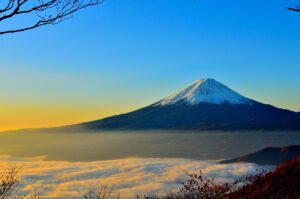
Are mountains volcanic?
Yes, mountains can be volcanic too!
What’s a volcano?
A volcano is simply a mountain with a major opening on top from which molten rock erupts in the form of lava.
The term ‘Volcano’ traces its origin from ‘Vulcan’. Vulcan is the god of fire in Roman mythology.
Volcanic mountains
Volcanic mountains are specific ones, formed by the eruption of volcanoes.
According to the data, there are a total of 1,510 active volcanoes.
The ocean includes more than 80 volcanoes present in its womb too.
One of the famous volcanic mountains present on planet Earth is Mauna Loa. That is it forms the entire island of Hawaii.
Mauna Loa has the highest volume which is 10,200 cubic miles.
Can you believe it? A volcano that is 60 miles long and is 30 miles widely expanded. It’s an active volcano that has an erupting history of 100,000 years. With a tendency of still erupting.
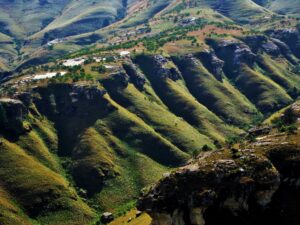
Folded mountains
A mountain range developed from the layers of Earth’s crust.
Eroded mountains
A mountain range developed from the erosion of rocks.
Why are mountains important?
Uses
Though mountainous areas are challenging environments to live in yet people have found a way through them.
Statistics estimate that 12% of the human population has their habitat in mountains.
They provide homes to at least 1/10th of the world population.
The Alps are the most populated mountains.
Data state that about 85% of the Earth’s freshwater originates in the mountains.
Huge reservoirs are built upon the mountains so the water pumps to many cities.

Highest mountains
Just like there is no exact definition of mountains in the same way there is no definition for how tall a hill is. Thus, there is no generally accepted definition for how tall a hill has to be in order to be term as a mountain.
So how to define it? Well, it depends on the regions. For example, some regions term 1,000 ft. yet others term it to be 2,000 ft.
When it comes to the highest mountain category the only name that strikes us is, EVEREST!
Indeed, Mount Everest is the highest one present on the surface of Earth. It has a summit as tall as 8,850 m which is 29,035 ft.
K-2 Mountain situated on the China-Pakistan border is the 2nd highest mountain in the world!
There exists a list of the 10 tallest mountains present in the solar system. Out of which 5 lie on the surface of Mars.
On the other hand, the tallest mountain compared to all the planets in the solar system is Olympus Mons.
Olympus Mons resides on planet Mars. Its summit is 21,171 m which is 69,459 ft.!
Mauna Kea, a volcanic mountain in Hawaii stands in the neighborhood of Mount Mauna Loa.
It's highly tall so some authorities label it to be the tallest mountain in the world!

A view of the mighty Everest
As stated earlier, Everest is indeed the highest mountain on the surface of the Earth.
Mount Everest is also a dream of many mountain climbers. Approximately. 1200 people attempt to climb their dream that is Mount Everest every year. Out of which only half reach its summit.
The first-ever recorded person to reach the summit of Everest was in 1953.
On the contrary, over the past century, hundreds of bodies have remained in the blanket of snow. Frozen solid!
However, the sad truth about Everest is that approximately 300 people have died attempting to climb it.
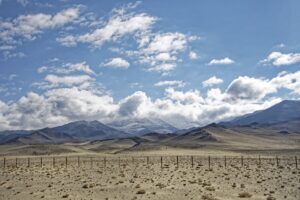
Do mountains work as borders?
Yes, consequently they do.
Humans have left no natural resources and used them to create borders between two sides. Along with mountains, oceans, deserts, rivers, lakes, etc. separate two sides creating a border amidst them.
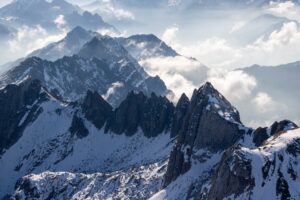
Mountains covered in snow!
The mountains covered with snow have a unique name- it’s The Snowies.

Mountains with faces!
You heard that right…
Mount Rushmore in South Dakota portrays as a National Memorial to 4 of the US presidents.
The four presidents mounted are-
- Firstly, George Washington
- Secondly, Thomas Jefferson
- Thirdly, Theodore Roosevelt, and
- Fourth, Abraham Lincoln.

Why mountains are popular tourist attractions?
According to the facts and statistics about mountains there exist two reasons.
Firstly, high elevations present in mountains often lead to colder climates. These colder climates affect the ecosystem of mountains.
Because of the less hospitable terrain and colder climate, mountains tend to be unfit for agriculture.
Secondly, the unfit use for agriculture or any other activity makes it fit for other resources. These resources may include- mountain climbing, skiing, sightseeing, etc.
Mountains make a huge impact on the economy. By aiding tourism it brings money to several businesses.
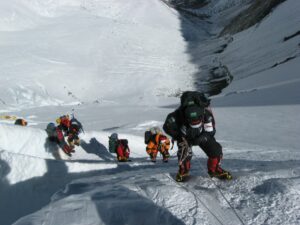
Mountain sport!
With the onset of tourism, a number of mountain sports have come into the picture.
The list includes- mountaineering, hiking, paragliding, mountain biking, skiing, bungee jumping, and so on.
Wildlife in mountains
Along with plants and people, it’s a habitat for a number of animals. For example-
Coyote
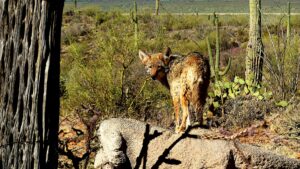
Snow Leopard

Beaver

Golden Eagle

Wolf

American Bison
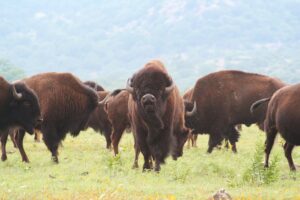
Red Fox

Some picturesque mountains!
Cuernos Del Paine
(Height- 2,600m that is 8,530 ft.) Location- Andes, Chile
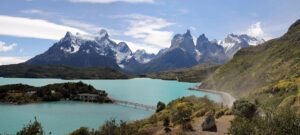
Mount Thor
(Height- 1,675m that is 5,495 ft.) Location- Baffin Mountains, Canada
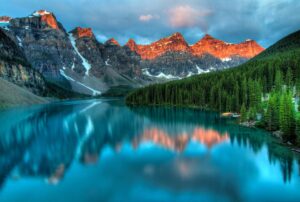
Ama Dablam
(Height- 6,812m that is 22,349 ft.) Location- Himalayas, Nepal

Startling facts about mountains
Facts and statistics about mountains we gathered state that:
Fact 1- Situated on the China-Pakistan border, K-2 is the deadliest mountain in the world.
Fact 2- New Zealand features the world’s longest mountain name. The name is Taumatawhakatangihangakoauatamateapokaiwhenuakitanatahu.
Fact 3- They hail under the sea as well. The most famous mountain under the sea happens to be the Mid-Atlantic ridge.
Fact 4- Mountains also grow plants. These include shrubs, herbs, mosses, lichens, alpine flowers, etc.
Fact 5- Most of them appear as isolated summits.

Conclusion
Mountains are beautiful escapes to our ugly fast running lives. Facts and statistics about mountains that we covered got us one step close to these huge yet breathtaking wonders of nature. So, let us adore them...





